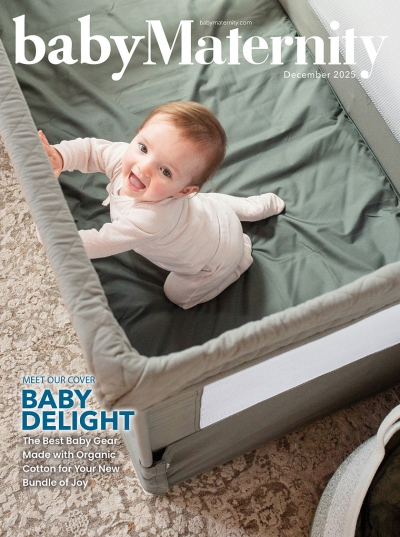Communicating With Baby
Continued...
4. Copy her sounds and gestures.
Hold a “conversation” with her by imitating her verbalizations and pausing for her to “answer.” This “back and forth” is modeling good communication skills.
5. Use a warm, happy voice when talking to your baby.
Some research has shown that infants understand your tone of voice before they understand your words.
6. Show interest when your baby laughs, coos, and babbles.
Be present. Look her in the eyes and respond when she makes sounds. This communicates that what she has to “say” matters.
7. Act as commentator by describing objects or activities.
Talk through routines like diaper changes and feeding, describe colors and textures of objects, and explain what is happening around baby.
8. Respond to non-verbal communication with words.
If you observe him reaching for a toy, you might say, “I see you are reaching for this bunny. Do you want to play with bunny?” Learn your child’s engagement and disengagement cues, or in other words, when she’s ready to interact and when she needs a break.
9. Mirror your baby’s facial expressions to encourage communication.
Make your own expressions for your baby to imitate as well. Try sticking your tongue out, lifting your eyebrows, opening your mouth wide, and pursing your lips.
10. Teach your baby to sign!
As early as 6 months, you can begin teaching your baby sign language. Here are 12 steps from Start ASL to get you started.
Related Article: The Baby Signs That Changed My Life















